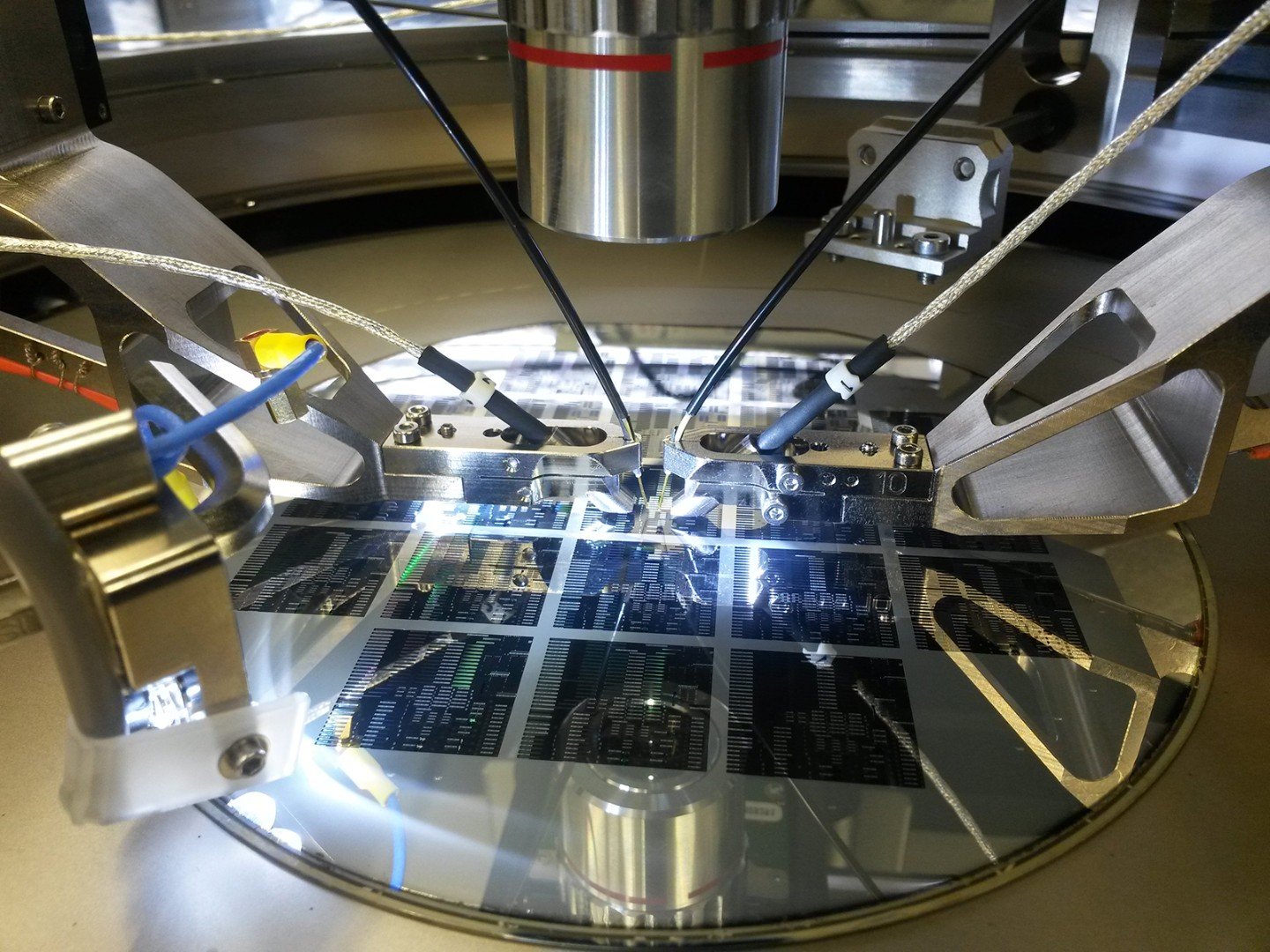
The German Fraunhofer Institute for Electronic Nano Systems ENAS is making great progress with the development of an infrared spectrometer on a chip that can be used to test, for example, whether a drug has the quality it should have, how the air and water quality are, and how fresh a steak is.
Measuring no more than a gram, the chip can be made for as little as one euro according to the researchers. The spectrometer could be integrated into cell phones in the future as stated in the press release.
Infrared
A spectrometer is an instrument that can measure the electromagnetic spectrum of light. The infrared spectrometers currently on the market weigh several kilograms and cost thousands of euros each. As such, they are not devices for the general public. Fraunhofer’s chip is, says Alexander Weiß, head of the Multi Device Integration department at ENAS.
Fraunhofer’s research initially focused on a small and inexpensive spectrometer for identifying counterfeit medicines. As is the case with a conventional infrared spectrometer, this is done by transmitting beams of light across the infrared range. The light that reflects back is collected in a detector. This produces an image that is similar to a fingerprint on account of the wavelengths of the light. Each drug is unique, so if the reflected light does not match the fingerprint, it can be assumed that something is wrong.
Special app
As mentioned, the applications are not limited to fake medication, Fraunhofer states. Weiß: “Our spectrometer lends itself to all kinds of applications, such as assessing the freshness of food, measuring the air quality of indoor spaces or detecting contaminants in the air or water.”
The ultimate goal is to integrate the spectrometer into smartphones, for one thing. Users could then whip out their smartphones, start the spectrometer through a special app and hold it over, let’s say, a pill to check it. They then receive instructions that guide them through the measurement process.
Two years
Artificial intelligence also plays an important role here. The more people using the system, the greater the ability to make comparisons, Fraunhofer says. The first test spectrometers have already been produced. If the studies go as hoped, Weiß says the spectrometer could be ready for mass production in about two years.

